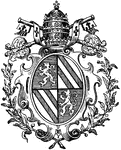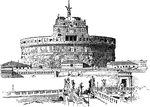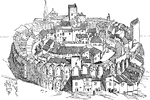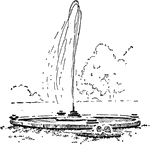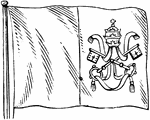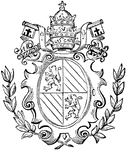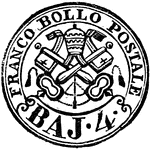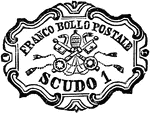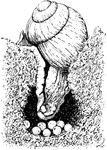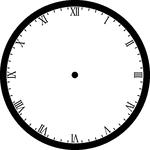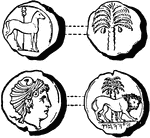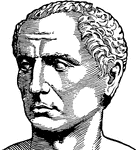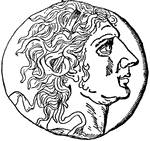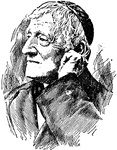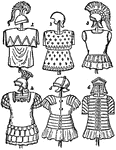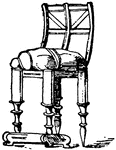
Santa Maria Maggiore
Santa Maria Maggiore church in Rome built shortly after the time of Constantine.
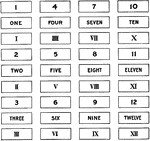
Matching Game With Roman Numerals
Illustration of cards that can be used for a matching game with Roman numerals, English numerals, and…
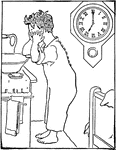
Telling Time 7:00 Story Problem
Illustration of a child washing face at 7:00. It can be used to write mathematics story problems involving…
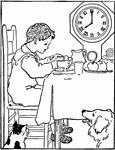
Telling Time 8:00 Story Problem
Illustration of a child eating breakfast at 8:00. It can be used to write mathematics story problems…
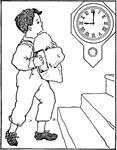
Telling Time 9:00 Story Problem
Illustration of a child going up stairs at 9:00. It can be used to write mathematics story problems…
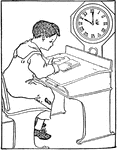
Telling Time 10:00 Story Problem
Illustration of a child reading at school at 10:00. It can be used to write mathematics story problems…
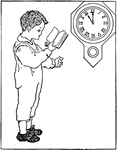
Telling Time 11:00 Story Problem
Illustration of a child reading at school at 11:00. It can be used to write mathematics story problems…
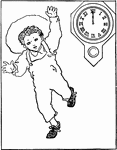
Telling Time 12:00 Noon Story Problem
Illustration of a child running at 12:00 noon. It can be used to write mathematics story problems involving…

Telling Time 1:00 Story Problem
Illustration of a child walking at 1:00. It can be used to write mathematics story problems involving…
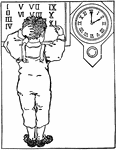
Telling Time 2:00 Story Problem
Illustration of a child writing roman numerals at 2:00. It can be used to write mathematics story problems…
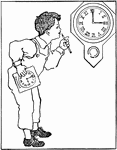
Telling Time 3:00 Story Problem
Illustration of a child making a clock face at 3:00. It can be used to write mathematics story problems…
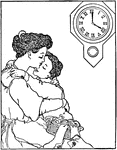
Telling Time 4:00 Story Problem
Illustration of a child hugging his mother at 4:00. It can be used to write mathematics story problems…
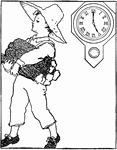
Telling Time 5:00 Story Problem
Illustration of a child hauling wood at 5:00. It can be used to write mathematics story problems involving…
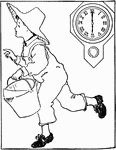
Telling Time 6:00 Story Problem
Illustration of a child running with a pail at 6:00. It can be used to write mathematics story problems…
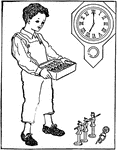
Telling Time 7:00 Story Problem
Illustration of a child playing toy soldiers at 7:00. It can be used to write mathematics story problems…
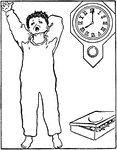
Telling Time 8:00 Story Problem
Illustration of a child yawning at 8:00. It can be used to write mathematics story problems involving…

Telling Time 9:00pm to 7:00am Story Problem
Illustration of a child sleeping all night: 9:00pm to 7:00am. It can be used to write mathematics story…

Roman Snail
"Roman snail (Helix pomatia). Note shell covering visceral hump; p.ap., pulmonary aperture (including…
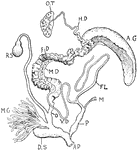
Snail Reproductive Organs
"Reproductive organs of Helix pomatia. O.T., Ovotestis; H.D., hermaphrodite duct; A.G., albumen gland;…

Victory Coin over Pyrrhus
Roman coin struck to commemorate the victory over Pyrrhus and his elephants.

Life in Constantinople
In the streets of Constantinople one might find lemonade sands, sweetmeats, coffee, and pipes and at…
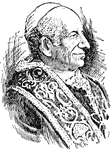
Leo XIII
Pope Leo XIII (1810-1903). Archbishop, bishop, cardinal, chamberlain of the Sacred College, and Pope.
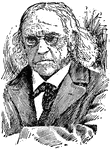
Theodor Mommsen
(1817-1903) German historian and archaeologist most celebrated for his work with Roman history.

Roman Sarcophagus Tomb
A coffin or tomb of stone; a kind of stone chest, generally more or less ornamented for receiving a…

Medulla
Dorsal or posterior view of the medulla, fourth ventricle, and mesencephalon. Labels: p.n., line of…
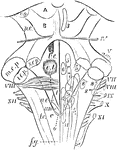
Fourth Ventricle with the Medulla Oblongata and the Corpora Quadrigemina
Fourth ventricle with the medulla oblongata and the corpora quadrigemina. The roman numbers indicate…
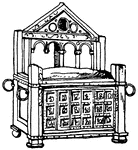
Chair of St. Peter Arm-Chair
The chair of St. Peter was made out of wood with ivory reliefs illustrating the story of Hercules in…
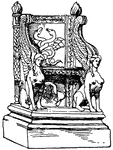
Roman Arm-Chair
The Roman Arm-chair had a decoration symbolic of Ceres, the Roman goddess of growing plants.

Roman Bedstead
This Roman bedstead had a Pompeian vase-painting. It included a head and foot board. It was made out…

Pinna Rudis (Linnaeus)
"The genus Pinna was so called from its resemblance to the plumelet which the Roman soldiers…

Pinna Nigrina (Lamarck)
"The genus Pinna was so called from its resemblance to the plumelet which the Roman soldiers…

Pinna Nobilis, with its byssus (Linnaeus)
"The genus Pinna was so called from its resemblance to the plumelet which the Roman soldiers…

Pinna Bullata (Swainson)
"The genus Pinna was so called from its resemblance to the plumelet which the Roman soldiers…

Construction of a Portion of Appian Way
A famous road with many branches which connected Rome with Southern Italy

